Sudanese Food Dishes: Basic Overview
Common Ingredients
Common Cooking Methods
Courses
Meals
Key Taste
Eating Etiquette
Meal Presentation
Culinary Festivals
Influence and Fusion
Popular Types of Sudanese Dishes
-
Stews
Stews in Sudan are simmered slowly to blend the flavors of spices, meats, and sometimes vegetables.
The tastes range from savory to slightly spicy, with a common use of local spices to create a depth of flavor.
These stews are typically thickened with ingredients like peanut butter or okra.
-
Bread and doughs
Bread and doughs are staples in Sudanese cuisine, ranging from thin, crepe-like breads to thicker, doughy flatbreads.
These breads are made from various flours, including wheat and sorghum.
Often slightly tangy due to fermentation, they’re perfect for scooping up stews or wrapping around grilled meats.
-
Cakes and pastries
Cakes and pastries in Sudan include both sweet and savory options, featuring ingredients like phyllo pastry, nuts, and syrups.
From the syrup-soaked layers of baklava to the semolina-based sweetness of basbousa, these treats are flavored with local spices, honey, or rosewater, creating a range of textures from crunchy to moist.
-
Grilled and barbecued dishes
Grilled and barbecued dishes are beloved for their smoky aroma and the perfect char on the outside, with tender, flavorful meat inside.
Commonly made from beef, lamb, or chicken, these dishes are marinated in a mix of local spices before being grilled to perfection.
They’re often served with flatbreads.
Sudanese dishes are delicacies widely enjoyed in the Republic of the Sudan, a country located in northeastern Africa.
Sudanese cuisine reflects the influences from African gastronomic delights, Middle Eastern delicacies, and other cuisines that have interacted with the region throughout history.
The main dish types in Sudanese cuisine include stews, soups, and breads, often accompanied by meat, vegetables, and legumes.
The main flavors in Sudanese cuisine lean towards savory and spicy, with a generous use of spices like cumin, coriander, cardamom, and chili peppers to flavor dishes.
Cooking methods in Sudan vary widely but often involve slow cooking or stewing to blend flavors and tenderize meats. Grilling is also a popular cooking method, especially for meats and flatbreads.
The use of clay pots in cooking is traditional, and these vessels are prized for their ability to distribute heat and enhance the food’s flavor evenly.
A hallmark of Sudanese cuisine is its communal eating practices, where meals are often shared from a single large plate, fostering a sense of unity and family.
Let’s dive into the heart of Sudanese cuisine! I’ll explore its beloved dishes, uncover what makes this food scene globally recognized, and delve into the secrets behind its health benefits.
In addition, you can also touch on the diverse influences shaping the cuisine, the local dining customs, and some perfect dish pairings. Ready to start this flavorful adventure?
20 Popular Sudanese Dishes with Filters
Here are the 20 most popular dishes from Sudanese cuisine, listed from most to least popular. You can use the filter feature to sift through options based on ingredients, flavors, cooking methods, dish types, and meal times.
It also lets you explore everything from traditional recipes and national favorites to creative fusions, and street foods.
Shawarma
- Street Food
Shawarma is a beloved staple in Sudanese cuisine across the Middle East and beyond. This street food consists of thinly sliced cuts of meat, predominantly chicken, beef, or lamb, stacked in a cone-like shape and roasted on a slowly turning vertical rotisserie or spit.
In Sudan, the shawarma experience is enhanced by including local spices and serving styles, often wrapped in a flatbread like khubz (Arabic bread) and accompanied by various condiments such as tahini, garlic yogurt, or a spicy sauce.
The taste of shawarma is a harmonious blend of savory, spicy, and sometimes a hint of tangy, depending on the seasonings and sauces used.
Baklava
- Traditional
Baklava, a sweet symphony of phyllo pastry, nuts, and syrup, finds its way into the hearts of many, including those in Sudan.
Known for its layers of thin dough, rich filling of chopped nuts (commonly pistachios, walnuts, or almonds), and the sweet embrace of honey or sugar syrup, baklava is a celebration.
While it is more commonly associated with Middle Eastern, Balkan, and Mediterranean regions, Sudanese cuisine adopts this dessert with open arms, often serving it during special occasions and festivities like Eid al-Fitr and Eid al-Adha.
Kebab
- Street Food
Kebab in Sudanese cuisine is a popular street food known for its succulent and savory flavors. Kebab in Sudan is typically made from lamb or beef, and occasionally chicken, grilled over open flames to achieve a perfect char and smoky aroma.
It’s commonly served with flatbreads and an assortment of dips and salads, making it a complete meal. While kebabs are widespread, the Sudanese version is particularly noted for its tenderness and the rich infusion of local spices.
Umm Ali
- Traditional
Umm Ali, also known as “Ali’s Mother,” is a traditional dessert in Sudanese cuisine, akin to a fusion between a bread pudding and a pastry.
This heartwarming dish is made by layering pieces of puff pastry or phyllo dough with a mix of nuts, raisins, and sometimes coconut flakes, which is then soaked in a sweetened milk mixture and baked until golden.
The result is a delightful combination of creamy and crunchy textures with a sweet and slightly nutty flavor that’s utterly comforting. It’s often served during essential celebrations and gatherings, including Eid al-Fitr and Eid al-Adha.
Basbousa
- Traditional
Basbousa, often recognized in other parts of the Middle East and North Africa by different names such as hareeseh or revani, is a traditional sweet cake deeply ingrained in Sudanese culture and various other regional cuisines.
This tasty dessert is made primarily from semolina or farina soaked in sweet, often rosewater-scented syrup. It holds a special place in Sudan as a celebrated treat, often marking joyous occasions and gatherings.
Basbousa varies in texture and sweetness across regions, with some notable variations, including the addition of coconut, almond, or even yogurt. Its taste is characteristically sweet, moist, and can carry subtle floral notes if rosewater is used.
Molokhia
- Traditional
Molokhia, also known as Jew’s mallow or Egyptian spinach, is a leafy green stew commonly enjoyed in Sudan with a distinct, slightly slimy texture and a deep, earthy flavor profile.
Molokhia is customarily prepared by cooking the finely chopped leaves in a rich, aromatic broth often accompanied by meat, commonly chicken or rabbit, and served alongside rice or bread.
Its taste is uniquely savory with a hint of bitterness, a quality often balanced by adding garlic, coriander, and sometimes lemon juice.
In Sudan, molokhia is more than just a meal; it symbolizes hospitality and is frequently featured during significant events and religious festivals, including Eid celebrations.
Ful Medames
- National
- Street Food
- Traditional
Ful medames is a traditional staple dish in Sudanese cuisine, revered for its rich flavors and nutritional value. It consists of stewed fava beans, typically seasoned with cumin, garlic, lemon, and olive oil.
This dish is often enjoyed as a breakfast meal but can be found at various times, especially as street food.
Ful medames has several regional variations, with some incorporating ingredients like tomatoes, onions, or additional spices to enhance its taste, which is primarily earthy with a hint of tanginess from the lemon.
Tamiya
- Street Food
Tamiya, known in other regions as falafel, is a beloved Sudanese street food with a crispy, flavorful bite.
Tamiya is celebrated for its crunchy exterior and soft, herbaceous interior. It is made from ground chickpeas or fava beans mixed with herbs and spices and then deep-fried to perfection.
The taste is a delightful blend of earthy and fresh flavors, thanks to incorporating parsley, cilantro, and sometimes garlic or onion.
Its serving methods can vary, often tucked inside flatbreads with vegetables and sauces to make a complete meal.
Kofta
- Traditional
Kofta is a traditional Sudanese dish that typically consists of minced meat shaped into balls or cylinders and seasoned with various spices and herbs, including cumin, coriander, parsley, and mint.
This dish can be found in many variations across the Middle East and South Asia, each with its unique blend of ingredients and preparation methods.
In Sudan, kofta is often made from beef or lamb and is grilled or fried to achieve a savory, slightly smoky taste with a tender texture.
Camel Burger
- Fusion
- Street Food
Camel burger, as the name suggests, is a modern fusion dish within Sudanese cuisine, taking the concept of a traditional burger and reinventing it with camel meat.
This innovative twist on the classic burger offers a leaner, slightly sweeter alternative to beef and is gaining popularity as a street food in contemporary Sudanese eateries.
The taste of a camel burger is often described as rich and somewhat gamey, with the meat’s unique flavor enhanced by traditional spices and toppings like lettuce, tomatoes, and onions, usually served on a soft bun.
Asida
- Traditional
Asida is a traditional Sudanese dish, a comfort food deeply ingrained in the country’s culinary heritage. It is a simple yet hearty dish made from wheat flour dough, boiled until it forms a soft and smooth dumpling-like texture.
Typically served with a savory sauce or stew, often tomato-based and flavored with lamb or chicken and various spices, asida offers a mild taste that beautifully complements the richness of the accompanying sauce.
This dish is particularly popular during festive occasions and celebrations, such as Eid al-Fitr and Eid al-Adha.
Kisra
- Traditional
Kisra is a staple of Sudanese cuisine, akin to a thin, crepe-like bread made from sorghum or wheat flour. Its preparation involves spreading the batter thinly over a hot surface.
The result is a delicate and slightly tangy bread that accompanies a variety of Sudanese dishes, particularly stews and soups. Kisra’s taste is subtly sour, which beautifully balances the flavors of the rich, spicy stews it is often served with.
Salatat Dakwa
- Traditional
Salatat dakwa is a vibrant and spicy Sudanese salad with bold flavors. This dish combines tomatoes, peanut butter, lemon juice, and various aromatic spices, creating a rich, tangy, refreshing, and hearty taste.
Often served alongside grilled meats or as part of a larger meal, salatat dakwa adds a flavor that complements Sudanese cuisine’s typically savory and spicy profiles.
Salata Tomatim Bel Daqua
- Traditional
Salata tomatim bel daqua is a beloved salad dish in Sudanese cuisine. This dish uniquely combines peanut butter with fresh ingredients like tomatoes, onions, pepper, and parsley.
These fresh ingredients are dressed with smooth peanut butter, lime juice, oil, and salt, creating a rich, nutty, and slightly tangy flavor profile. It’s typically served chilled and can be a refreshing addition to any meal, especially during hot summer days.
Gorrassa
- Traditional
Gorrassa, or gurasa, is a traditional Sudanese flatbread, similar to kisra but thicker and with a softer texture. Made primarily from wheat flour, gorrassa is a beloved staple that serves as a versatile base for many meals. It can be enjoyed with stews, meats, and vegetables.
The taste of Gorrassa is mildly tangy, much like other fermented bread, providing a subtle contrast to the rich and often spicy dishes it accompanies.
Mandazi
- Traditional
Mandazi, while not originally from Sudan, has found its place in the broader East African and Sudanese culinary landscape as a beloved snack.
These sweet, fried dough treats are akin to doughnuts but have a lighter, airier texture. They are often flavored with a hint of cardamom or coconut milk, giving them a distinctive, sweet, aromatic taste.
Mandazi can be enjoyed at any time of the day, often served with tea or as a quick snack. While traditionally plain, modern variations include fillings or toppings such as chocolate, nuts, or sweet glazes.
Kamounia
- Traditional
Kamounia is a Sudanese rich, flavorful stew made with beef or lamb. Its distinctiveness comes from the generous use of cumin, which gives the dish its name and its characteristic earthy and slightly spicy taste.
Garlic and other spices, such as chili powder or coriander, may also be added to enhance the flavor profile. Kamounia is often enjoyed with bread or rice, which perfectly complements the stew’s robustness.
Mullah
- Traditional
Mullah typically refers to a Sudanese hearty and rich stew or soup that’s deeply flavored with spices and herbs, and can include various types of meat, such as lamb or beef, and sometimes even fish.
It often incorporates dried okra or peanut butter to thicken and enrich the stew. The dish taste is a complex blend of savory, spicy, and sometimes slightly sweet flavors. It is a staple dish that reflects the everyday culinary traditions of Sudanese households.
Kajaik
- Traditional
Kajaik is a traditional Sudanese stew primarily made from dried fish, rehydrated, and cooked with various spices, tomatoes, and sometimes peanut butter.
This dish is particularly popular in regions of Sudan where fresh fish is not readily available, serving as an essential source of protein.
The taste of Kajaik is distinctively savory with a hint of smokiness from the dried fish, and the added spices contribute layers of flavor that make the dish both aromatic and appetizing.
Kajaik is often served with staple Sudanese sides like Asida (a doughy dumpling) or Kisra (a type of flatbread), making for a fulfilling meal.
Moukhbaza
- Traditional
Moukhbaza is a distinct dish from Sudan, inspired by Ethiopian cuisine but popular in eastern Sudan. This dessert-like dish is made from mashed ripe bananas blended with breadcrumbs and honey, resulting in a rich and flavorful paste.
Moukhbaza is traditionally consumed with kisra or gurasa, two types of Sudanese bread, making it an integral part of the food culture in Sudan.
What Are the Influences of Sudanese Dishes?
Sudanese cuisine reflects a diverse cultural heritage, shaped by indigenous and foreign influences. Here is a breakdown of the key influences:
This melding of culinary traditions not only shapes the food but also informs the dining etiquette in Sudan, emphasizing communal eating and hospitality.
What Is Sudanese Dining Etiquette?
Sudanese dining etiquette beautifully mirrors the nation’s deep-rooted cultural norms and values, highlighting communal bonds, respect, and hospitality. Here’s an overview:
Which Beverages Best Complement Sudanese Dishes?
To complement such meals, beverages that balance or enhance the flavors are ideal. Here are some beverages that pair well with Sudanese dishes:
These drinks from Sudanese cuisine are not only delicious but also enhance the overall dining experience, complementing the complex flavors of Sudanese cuisine.
After you experience the dishes, feel free to return and give me a review or comment about them. I would love to hear your opinions, and they will become my motivation in the future.



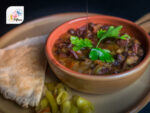
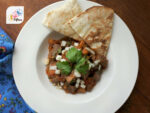
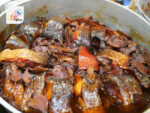
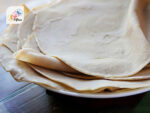
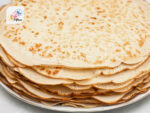




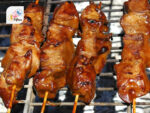
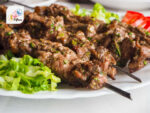
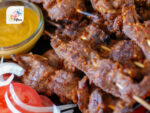
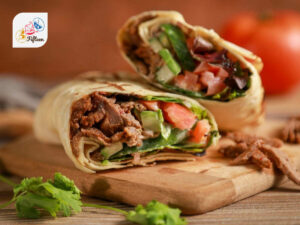

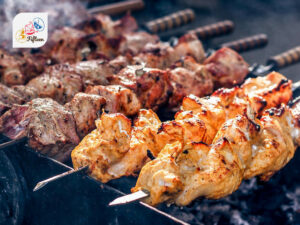
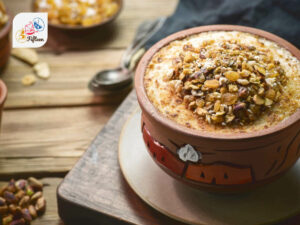
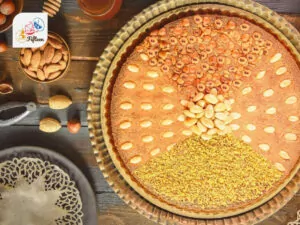
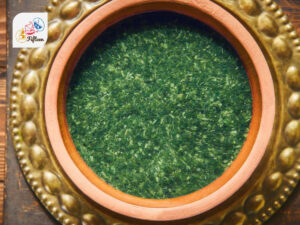
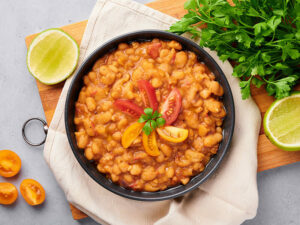
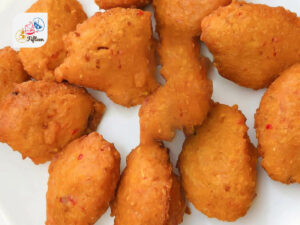
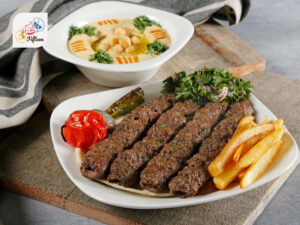

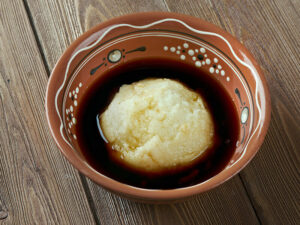

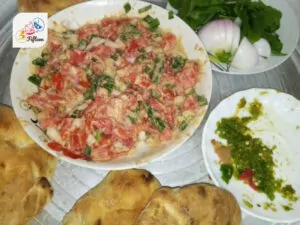
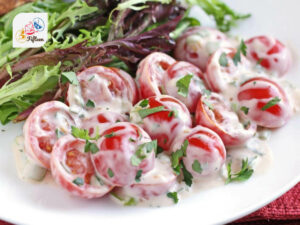
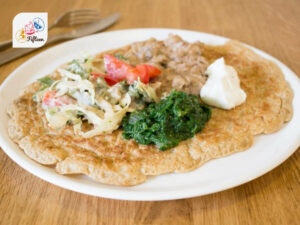

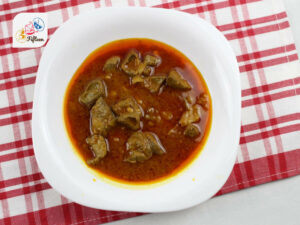
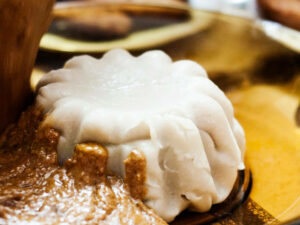
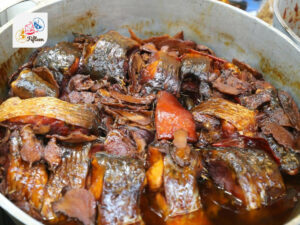
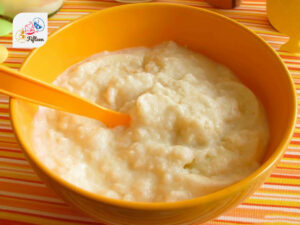
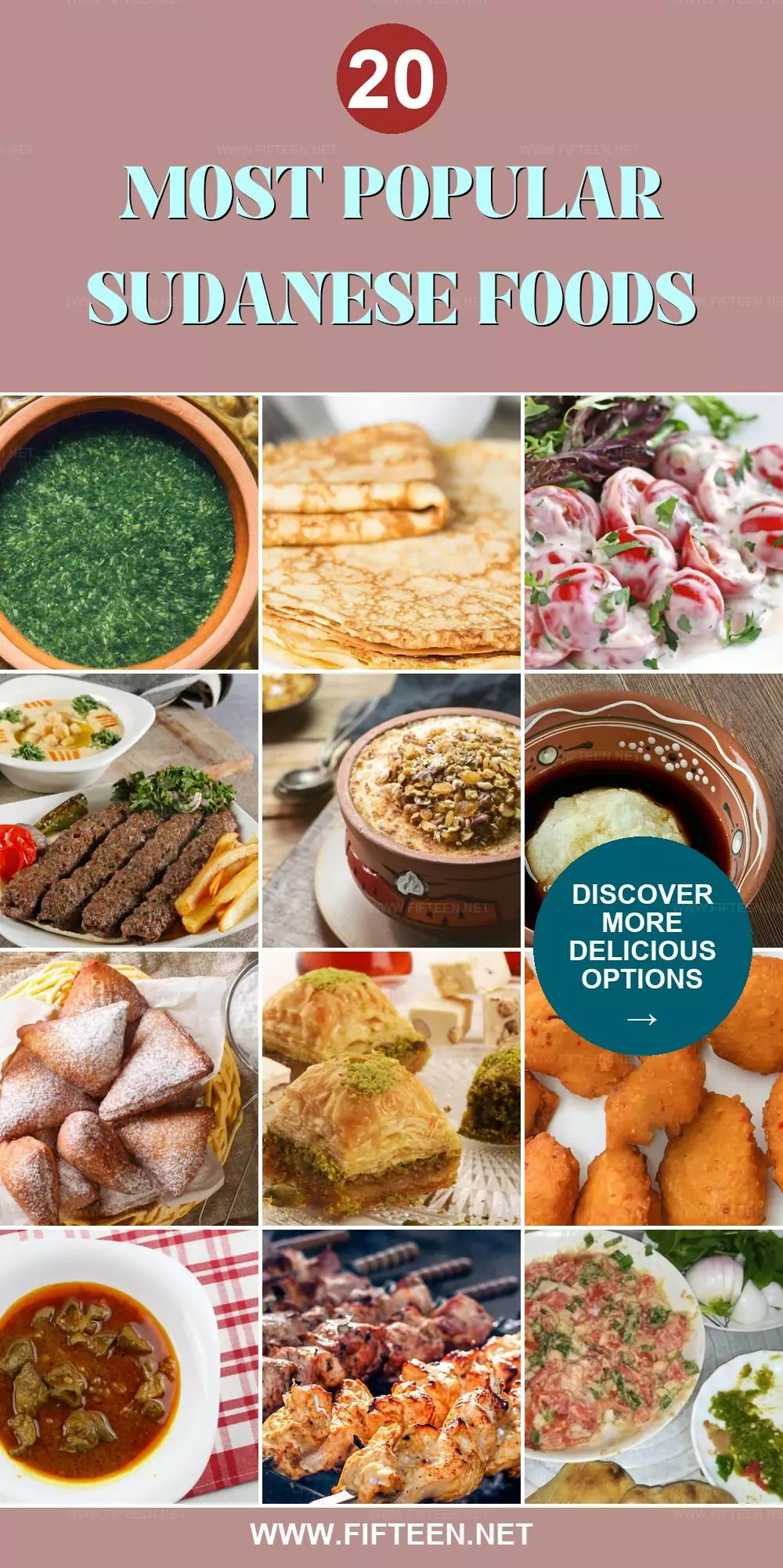
Jamie Scott
Editor in Chief, Senior Content Writer
Expertise
Home Cooking, Meal Planning, Recipe Development, Baking and Pastry, Food Editor, Cooking-video Maker, Western Food Evaluation Expert
Education
Le Cordon Bleu College of Culinary Arts
Local Community College, New York, NY
Jamie Scott is a skilled culinary expert and content creator specializing in Western cuisine. With over 15 years in the culinary field and formal training from Le Cordon Bleu, Paris, Jamie deeply understands how to blend nutrition with delicious flavors. His passion for cooking matches his commitment to making healthy eating accessible and enjoyable.
On Fifteen.net, Jamie brings a fresh perspective to classic dishes and beverages, offering readers insightful recipes, cooking tips, and a fresh view on meal planning that emphasizes taste, health, and simplicity.